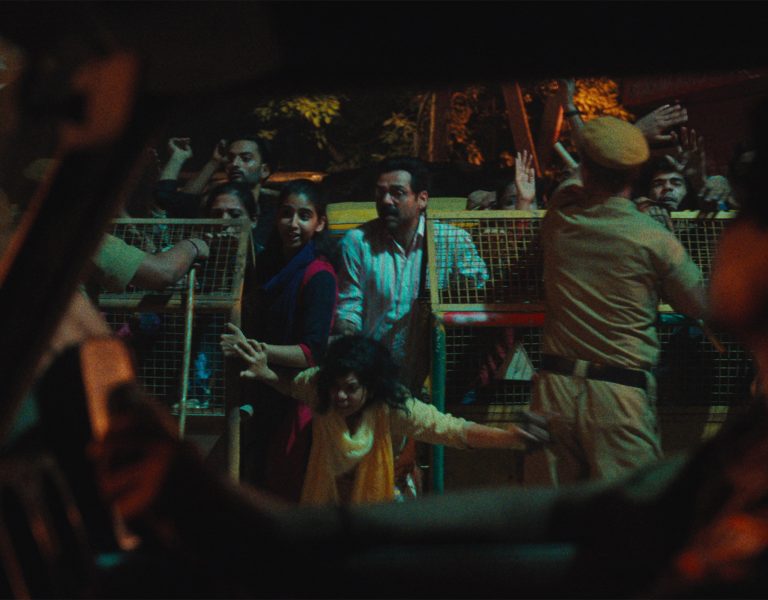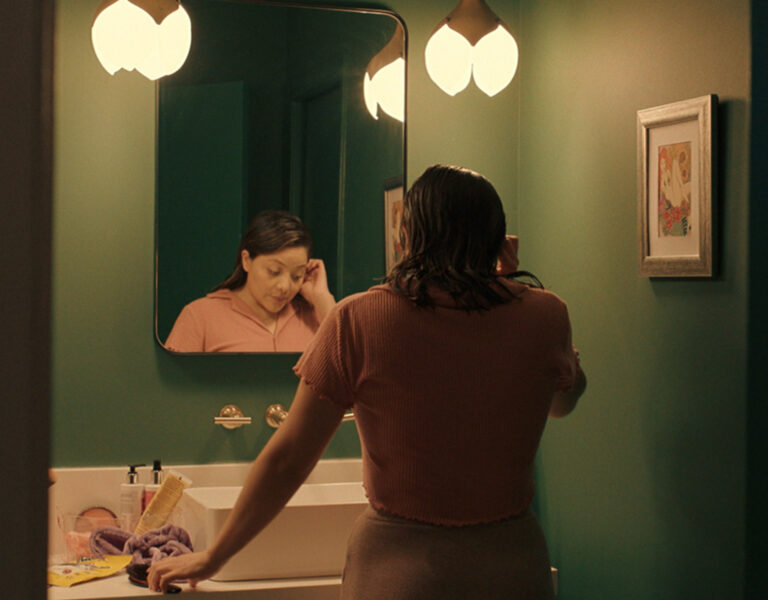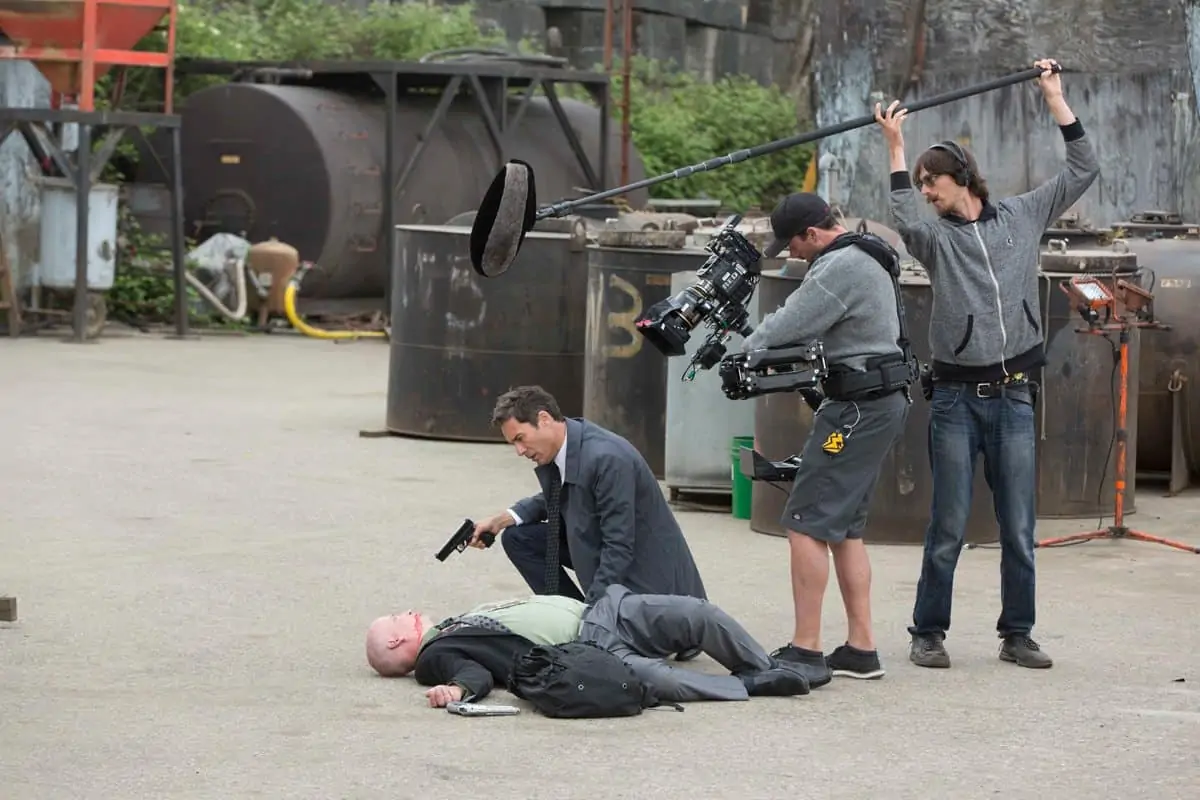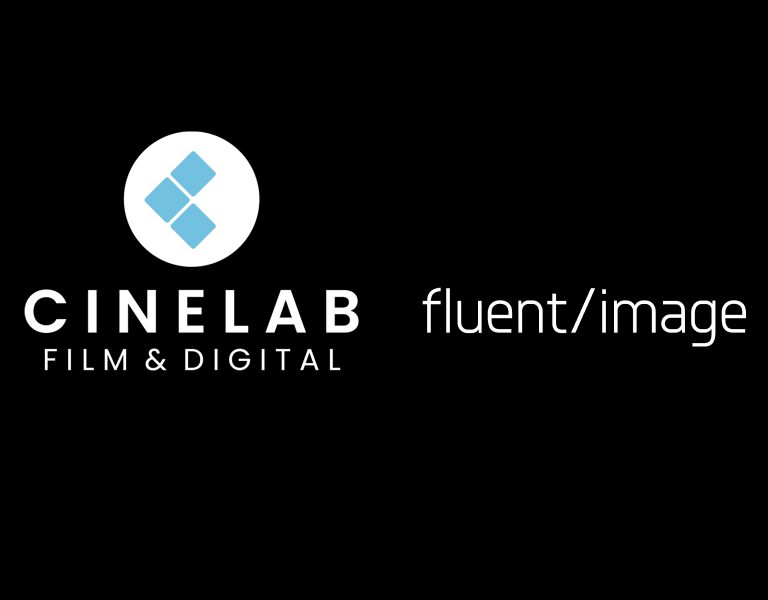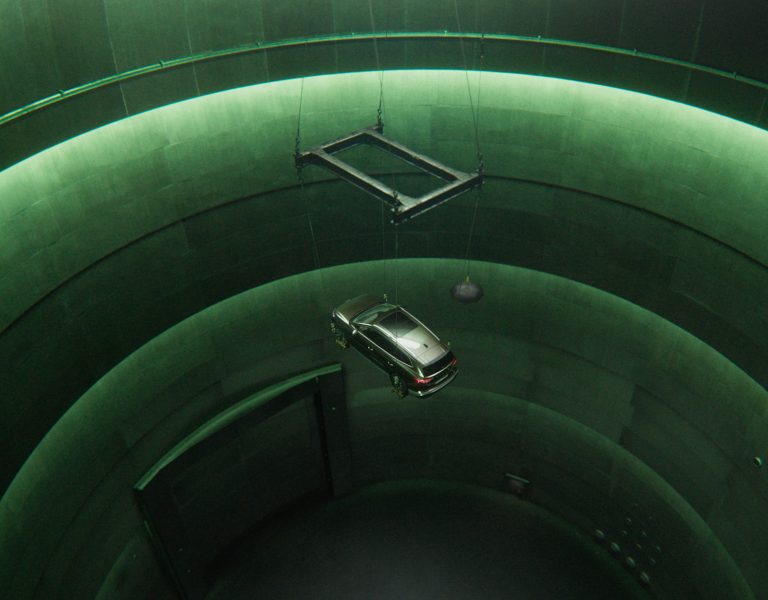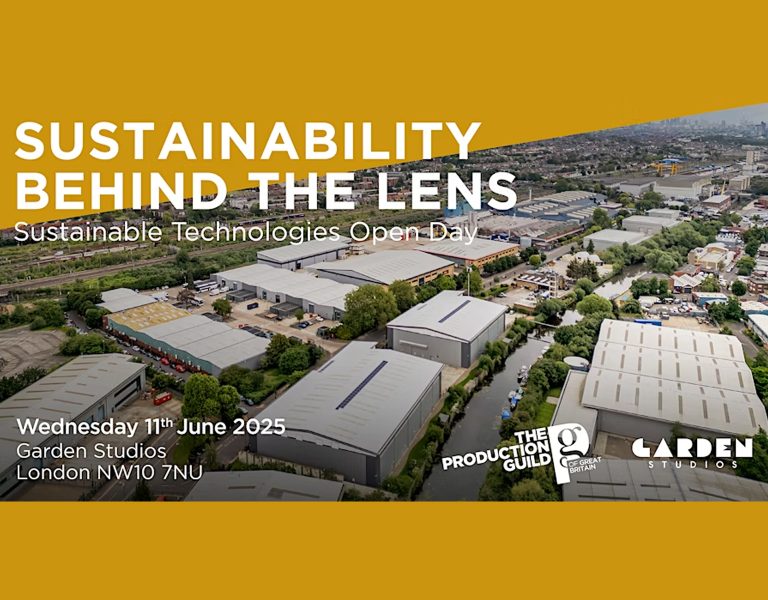
FutureWorks established an entirely new pipeline for Netflix India courtroom drama Scoop, taking imaging data all the way from the set to the edit suite. As well as creating a new workflow that boosts efficiency while ensuring quality visuals, FutureWorks also covered the entire picture post process and rental services on Scoop – inclusive of dallies, the online, grade, VFX, and finish.
Produced by Matchbox Shots, the Hindi-language series was directed by Hansal Mehta, with Pratham Mehta serving as Director of Photography (DoP) and Michele Ricossa as lead colorist. The drama stars Karishma Tanna as Jagruti Pathak, a prominent crime journalist implicated in the murder of a rival reporter. Suspected because of her underworld contacts, she has to fight to prove her innocence. Based on a true story, the edgy drama focuses on the days following the murder, Pathak’s arrest, and the subsequent legal battle.
Lead colorist Michele Ricossa states: “The DI of SCOOP went extremely well, DoP and Director were amazed from day one on the setup prepared with Futureworks: it worked very well from the set to the final mastering. I was extremely happy that the look was nailed at a very early stage.”
FutureWorks began to develop its efficient imaging workflow, which was used for the first time on Scoop, following its live color grading work on the 2022 film Jersey. Based on the challenges experienced on Jersey, and taking advantage of the lull in productions during the pandemic, FutureWorks started to evolve its DIT process to enable the team to work more efficiently. This is particularly important on set, where every minute counts in terms of budget. The aim was to empower colorist Michele Ricossa to work with the DOP and director while they’re still on set, so that any issues could be flagged before reaching the edit suite.
“We needed a process that would support everybody,” says Rahul Purav, Head of Color, FutureWorks. “So, we started to think about extending the imaging process beyond just colour. We focused on creating an on-set monitoring process, as well as QC”.
“With Rahul we managed the workflow of the DIT setup prior to the shooting,” explains lead colorist Michele Ricossa: “I was on set the first two or three days of the shoot to check with the DoP and the DIT team how to work on the dailies and if the look was working as intended. After that, I had a short session at FutureWorks to review some of the footage on the HDR setup. A few weeks later I went on set one more time to a different location to check if everything was holding up properly lookwise. Then I only reviewed the dailies on the private cloud streaming service, giving minor notes to the DoP and to the DIT team. Everything went smoothly!”
Michele graded Scoop using Filmlight’s colour space T-Log/E-Gamut. Only VFX shots were converted in ACES to facilitate the VFX workflow. “The look of the show, and the grade of individual clips later on, was shared with the VFX Team thanks to the Baselight’s BLG system. When possible, we had a few back and forth between the DI and the VFX to fix issues and get the best out of it,” he expands.
“The most challenging part of the show was to match some of the stock footage. Baselight’s tools and color management system helped a lot to achieve the grade I had in mind.”
In FutureWorks’ workflow, everything is done remotely. During shooting, the systems record and monitor video signals wirelessly. This means that there’s no distraction or interruption for the cinematographer, but when required, they can talk to FutureWorks’ on-set DIT who has a studio-grade monitor under their control. This helps the directorial team to verify that everything they’re shooting is correct, while they’re still on set. This includes color, but also extends to other areas like lenses, focus, and exposure levels. Transcoding is monitored throughout the process to highlight any areas of concern. If there are issues, such as reflections, or unwanted props in the shot, these can be dealt with at the time of shooting or flagged for fixing by the VFX team. Everything is captured as an MOV file with embedded metadata so that all of the data from the shoot ends up with editorial.
“It’s like there’s a third eye watching you and helping you while you’re shooting and editing,” says Rahul. “As a colorist, I think it’s imperative that everybody in the chain is aware of what’s happening on the shoot, right from the beginning to the very end. This makes communication much more efficient, as notes from the cinematographer can be embedded into the metadata of the particular shot, which is very helpful later on in the process.”
This new process was absolutely key for the shoot on Scoop, which lasted for 100 days. A team of four people tested the system first, with FutureWorks having since streamlined the crew to three — one experienced DIT technician for on-set QC and another two for data management. All team members are very experienced and have trained for a long time so that they can integrate with each other on the shoot, ensuring that all the necessary data is captured and transcoded.
“When you take that experience on location, it’s an asset to the cinematographer, the director, and the production as a whole,” explains Rahul. “Throughout the shoot on Scoop, the director and cinematographer continually came over to verify shots on the imaging cart, demonstrating that our new pipeline is already proving to be useful for the directorial team.”
The revamped pipeline — which had to meet the specifications required by Netflix productions — includes Livegrade Studio, Codex and Silverstack for transcoding, and Daylight for rendering dailies. One of the key challenges in implementing the new workflow was understanding the protocols of each and every camera. If certain protocols didn’t work with the new system, the team had to find different ways to sync the data. FutureWorks also collaborated closely with manufacturers and vendors, including Sony and Codex, to troubleshoot any problems.
“While we had a few teething problems initially, we were able to work them out within a couple of days, and it was smooth sailing from that point on,” says Rahul.
Since its successful debut on Scoop, FutureWorks has rolled out the new imaging process on several other projects.
FutureWorks’ CEO Gaurav Gupta says: “Our new imaging pipeline represents a major change and brings new efficiencies that go way beyond color work. This new way of working enables our team to take the data straight from the set, right up to editorial, enabling us to complete the project as efficiently as possible, and setting us up for success in the future.”
